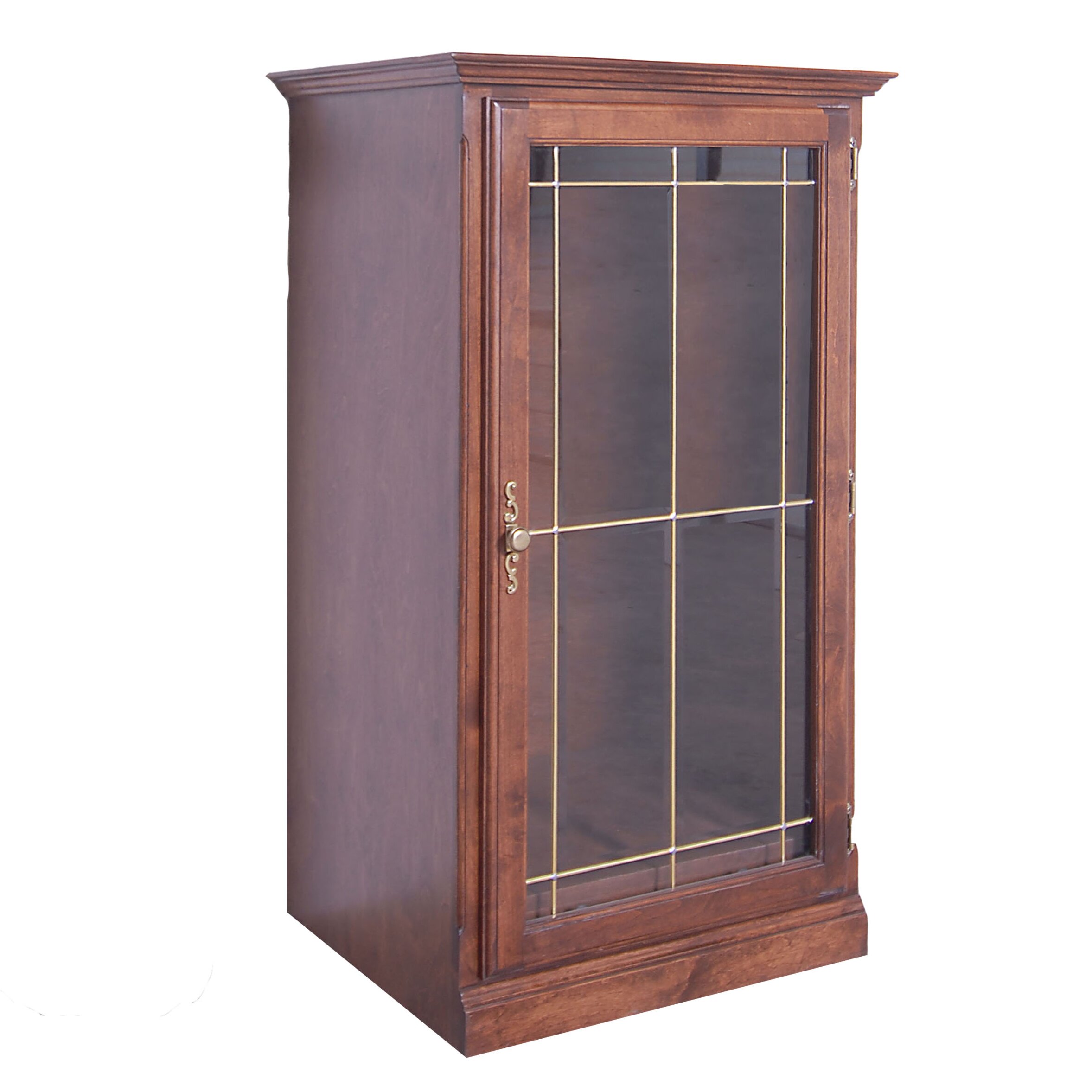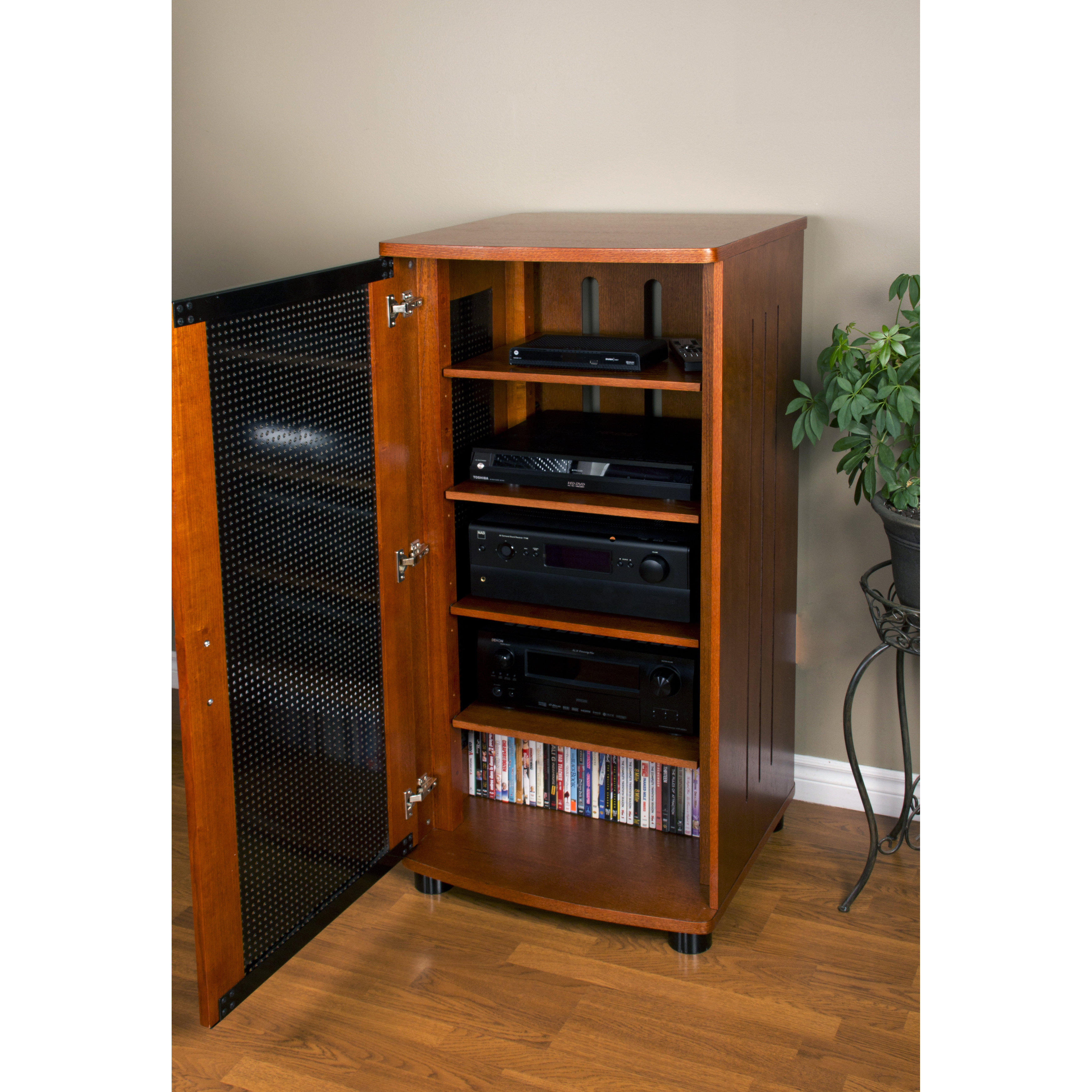The Allure of Forest Designs: Forest Designs Audio Cabinet

The integration of forest themes into audio cabinet design has emerged as a captivating trend, appealing to audiophiles seeking a harmonious blend of aesthetics and sonic excellence. This design philosophy transcends mere visual appeal, delving into the profound psychological impact of nature’s elements on our sensory experiences.
The Inspiration Behind Forest-Themed Audio Cabinets
The inspiration for forest-themed audio cabinets draws from the profound connection humans have with nature. The serenity and tranquility of forests have long been a source of inspiration for artists, designers, and musicians. The rich tapestry of colors, textures, and patterns found in forests provides an endless source of inspiration for creative expression. This connection is further strengthened by the inherent acoustic properties of wood, a material often found in forest environments. The resonance and warmth of wood contribute to the overall listening experience, creating an immersive and engaging audio environment.
The Psychological Impact of Natural Elements
The incorporation of natural elements like wood, textures, and patterns in audio equipment has a profound psychological impact. Wood, with its warm and organic texture, evokes feelings of comfort, tranquility, and connection to nature. The grain patterns and natural variations in wood create a sense of individuality and uniqueness, making each cabinet a work of art. The use of textures, such as rough-hewn wood or smooth, polished surfaces, stimulates tactile senses, enhancing the overall sensory experience. The presence of natural elements like wood creates a sense of grounding and stability, promoting a sense of calm and focus during listening sessions.
Emotional Connection of Forest-Inspired Designs
Forest-inspired designs in audio cabinets evoke a deep emotional connection with nature, resonating with audiophiles who appreciate the beauty and serenity of the natural world. The use of earthy tones, wood textures, and natural patterns creates a sense of harmony and balance, reflecting the tranquility of a forest setting. The organic shapes and forms inspired by nature create a sense of fluidity and movement, adding a dynamic element to the design. The presence of these elements evokes a sense of peace and serenity, enhancing the listening experience by creating a calming and immersive atmosphere.
Examples of Forest Designs in Audio Cabinets
Forest-inspired audio cabinets often incorporate elements that evoke the natural world, such as:
- Wood Veneers: Cabinets featuring wood veneers in rich walnut, cherry, or maple tones create a sense of warmth and sophistication. The natural grain patterns and variations in wood add a unique character to each piece.
- Branch-Inspired Designs: Some cabinets incorporate stylized branches or tree trunks into their design, creating a visually striking and organic aesthetic. These elements can be used as decorative accents or integrated into the structural design of the cabinet.
- Leaf Motifs: Leaf patterns can be incorporated into the cabinet’s design, either as intricate carvings or subtle details in the veneer. These motifs add a touch of elegance and sophistication, referencing the delicate beauty of nature.
- Natural Finishes: Cabinets with natural finishes, such as oil or wax, enhance the beauty of the wood grain and create a warm, inviting aesthetic. These finishes also protect the wood, ensuring its longevity.
Material Choices and Craftsmanship

The heart of a Forest Designs audio cabinet lies in the meticulous selection and craftsmanship of its materials. The choice of wood not only influences the visual aesthetic but also profoundly impacts the sonic performance of the cabinet.
Wood Types and Acoustic Properties
The selection of wood types is crucial in audio cabinet design, as each species possesses unique acoustic properties that affect sound reproduction.
- Hardwoods, such as oak, maple, cherry, and walnut, are known for their density and rigidity, contributing to a tight and controlled bass response. They also exhibit excellent damping properties, reducing unwanted vibrations and resonance within the cabinet.
- Softwoods, like pine, spruce, and cedar, are lighter and less dense, resulting in a warmer and more mellow sound signature. These woods are often used for cabinet bracing and internal components to add a touch of warmth and airiness to the overall sound.
- Exotic woods, such as mahogany, rosewood, and bubinga, are prized for their beautiful grain patterns and rich tonal qualities. Their dense structure and natural oils provide excellent acoustic damping and contribute to a robust and detailed sound reproduction.
Wood Grain Patterns and Finishes
The intricate patterns of wood grain contribute significantly to the visual appeal of Forest Designs audio cabinets.
- Straight grain patterns offer a clean and minimalist aesthetic, while figured grain patterns, such as birdseye maple, burl walnut, and curly cherry, add a touch of elegance and visual interest.
- Finishes, such as oil, wax, lacquer, and paint, not only enhance the natural beauty of the wood but also protect it from wear and tear. A satin or matte finish provides a subtle sheen that highlights the wood grain, while a high-gloss finish creates a dramatic and reflective surface.
Unique Woodworking Techniques
Forest Designs employs a range of unique woodworking techniques to craft their audio cabinets, ensuring both structural integrity and aesthetic appeal.
- Dovetail joints are used for cabinet construction, providing exceptional strength and durability. These intricate joints are not only functional but also add a touch of artistry to the cabinet’s interior.
- Mortise and tenon joints are used for bracing and internal components, providing a strong and secure connection while maintaining a clean and elegant appearance.
- Veneering is a technique used to create intricate patterns and add visual depth to the cabinet’s surface. Thin layers of wood veneer are carefully applied to the cabinet’s exterior, creating a seamless and visually stunning finish.
Functionality and Sound Enhancement

Forest-inspired designs are not merely aesthetic; they can profoundly impact the acoustic performance of audio cabinets. The intricate patterns and textures found in nature, when translated into cabinet construction, contribute to a richer, more nuanced listening experience.
The Role of Cabinet Construction and Internal Bracing, Forest designs audio cabinet
Cabinet construction and internal bracing play a crucial role in minimizing unwanted vibrations and resonances that can distort sound. A well-constructed cabinet acts as a rigid, inert enclosure, preventing the speaker from transferring its vibrations to the surrounding environment.
“A sturdy cabinet is like a well-built house – it provides a stable foundation for the sound to flourish.”
Internal bracing, strategically placed within the cabinet, further enhances rigidity and dampens vibrations. These braces act as internal supports, reinforcing the cabinet’s structure and preventing unwanted flexing that can color the sound.
Impact of Different Wood Types on Sound Characteristics
Different wood types possess unique acoustic properties that influence the sound characteristics of audio cabinets.
- Hardwoods, like maple and cherry, are known for their stiffness and density, contributing to a clear, detailed sound with tight bass. Their high internal damping properties effectively minimize unwanted vibrations.
- Softwoods, such as pine and cedar, are lighter and less dense, resulting in a warmer, more resonant sound with a slightly softer bass response. They tend to be more forgiving of imperfections in cabinet construction, offering a slightly more forgiving sound.
- Exotic woods, like walnut and rosewood, offer a unique combination of acoustic properties, often characterized by a rich, complex sound with excellent tonal balance. Their inherent beauty and unique grain patterns add a touch of elegance to audio cabinets.
Forest-Themed Designs and Their Associated Sound Qualities
| Design Theme | Wood Type | Sound Characteristics |
|---|---|---|
| Birch Forest | Birch | Clear, detailed sound with tight bass, reminiscent of the crisp air of a birch forest. |
| Cedar Grove | Cedar | Warm, resonant sound with a slightly softer bass response, evoking the tranquil atmosphere of a cedar grove. |
| Mahogany Canopy | Mahogany | Rich, full-bodied sound with excellent tonal balance, capturing the grandeur of a mahogany canopy. |
Forest Designs audio cabinets are known for their sleek aesthetics and exceptional sound quality, blending seamlessly into any space. The rich tones of wood and the subtle details of craftsmanship evoke a sense of natural elegance, much like the sophisticated pairing of espresso cabinets and gray walls in a modern kitchen.
This harmony of form and function is what makes Forest Designs audio cabinets stand out, offering a timeless appeal that transcends trends.
The intricate wood grain of a forest designs audio cabinet evokes a sense of nature’s artistry, just as the meticulous craftsmanship of a well-built gun cabinet prioritizes security and functionality. If you’re looking for plans and designs to build your own gun cabinet, gun cabinet plans designs offer a wealth of options, from simple to elaborate.
Similarly, forest designs audio cabinets come in a range of styles, each offering a unique blend of form and function for your listening pleasure.
